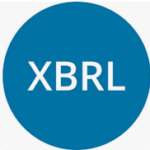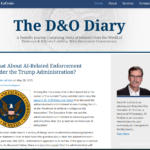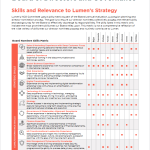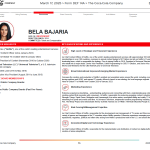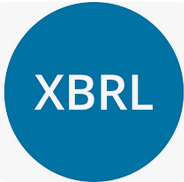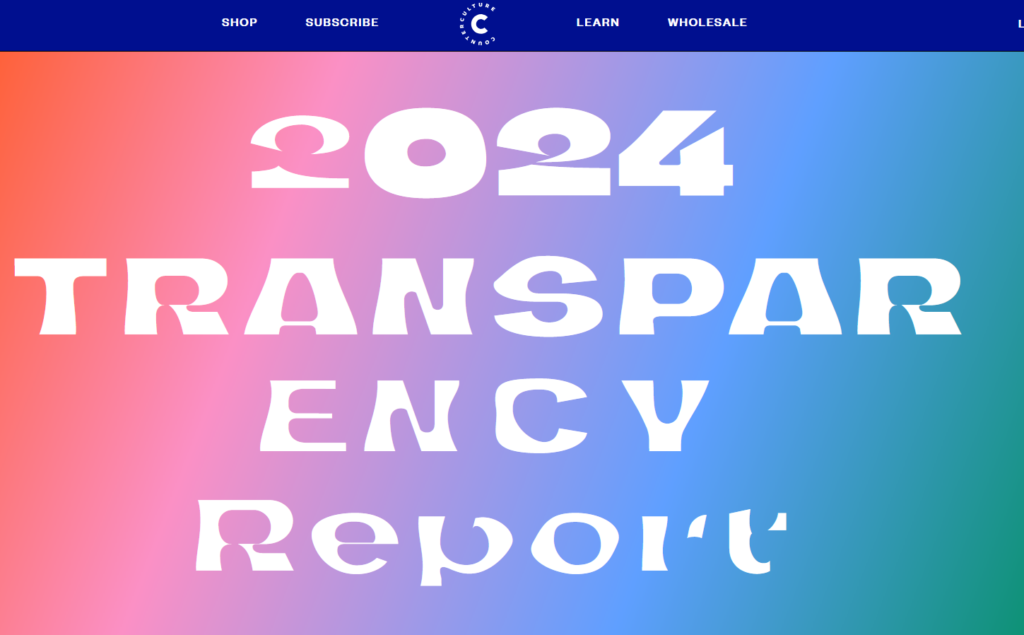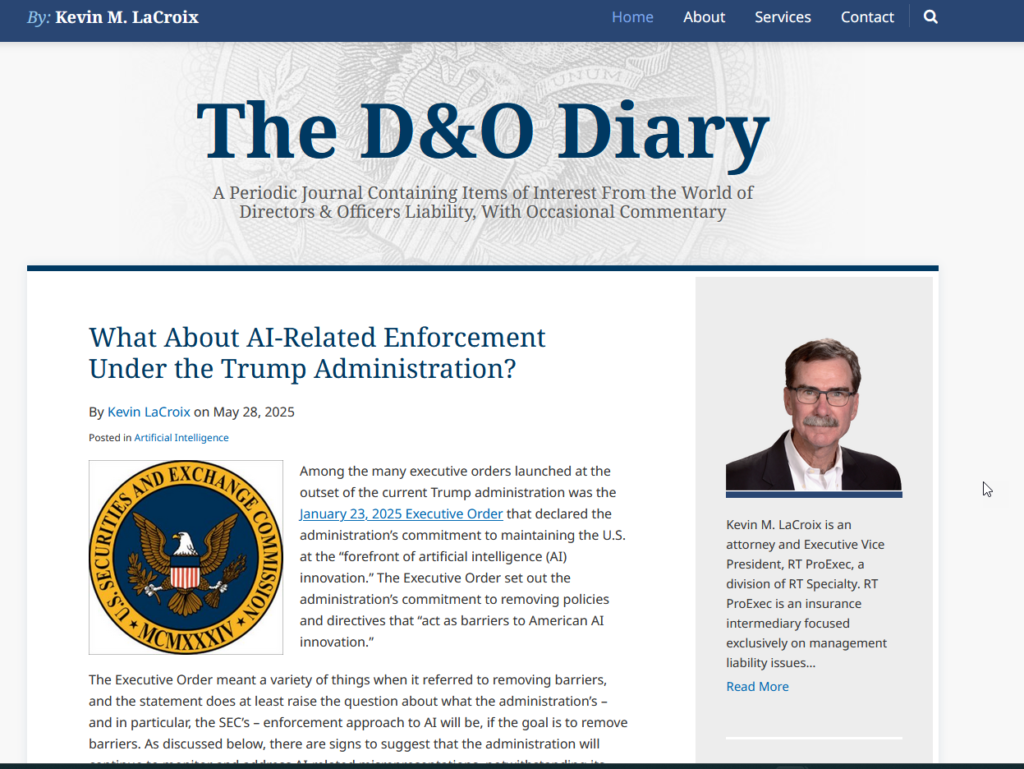When you sit down each year to start working on a proxy statement or Form 10-K, it’s so easy to fall into the trap of simply copying what was done before and making a few updates. You know you should push yourself to clarify your disclosure and modernize the entire document, but mostly you focus on the “hot topics” — the areas recently impacted either by new regulatory requirements or by changing stakeholder expectations.
Regardless of which section you start tinkering with, try this: brainstorm about what you want to say before you say it. In other words, write out the story you want to tell in a journal-like style first; then turn it into “disclosure.” Don’t try to draft the disclosure on the fly while you’re first pondering it.
Why does this help? Because it’s usually easier to edit than it is to write. If you treat your brainstorming “dump” as a very rough first draft, you will be more inclined to do the important work of moving things around and crafting a clear and precise narrative. When you’ve put some real effort and thought into the story that should be told, your document is more likely to be organized and comprehensive. Otherwise, the disclosure might seem half-baked to your readers, and you will have done them – and yourself – an injustice.
Thanks to Lois Yurow for her wisdom on this one!



